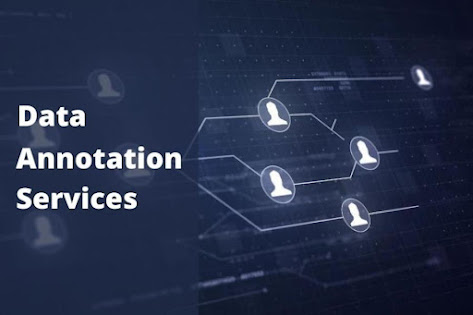OCR Datasets Unleashed: Harnessing the Power of Text Extraction for Digital Transformation and Data-driven Insights
Introduction:
Optical Character Recognition (OCR) is a technology that enables the conversion of printed or handwritten text into digital data, making it easily searchable and editable. OCR has found immense applications in various domains, including document digitization, data extraction, text analysis, and more.
However, the accuracy and effectiveness of OCR systems heavily rely on the quality and diversity of the datasets used for training and evaluation purposes. In this blog post, we will explore the importance of OCR datasets and discuss their role in advancing the field of Optical Character Recognition.
Why OCR Datasets Matter:
OCR systems are typically trained using large datasets containing images or scanned documents with associated ground truth text. These datasets play a critical role in enabling OCR algorithms to learn the intricate patterns, shapes, and variations of characters across different languages and fonts.
The availability of high-quality OCR datasets is crucial for the development, improvement, and benchmarking of OCR models. Here are a few reasons why OCR datasets matter:
Training and Evaluation: OCR datasets serve as the foundation for training OCR models. The more diverse and comprehensive the dataset, the better the system can learn to handle various challenges, such as font styles, sizes, orientations, noise, and document layouts.
Additionally, these datasets are used for evaluating the performance and accuracy of OCR algorithms, allowing researchers to compare different approaches and track progress in the field.
Handling Real-World Scenarios: OCR datasets help OCR models handle real-world scenarios where the input images may contain artifacts, smudges, poor lighting conditions, or other forms of degradation. By training OCR systems on datasets that simulate such conditions, models can become more robust and reliable when faced with imperfect or challenging input data.
Prominent OCR Datasets:
Several OCR datasets have been compiled and made publicly available to facilitate research and development in the field. Here are a few notable OCR datasets:
1. MNIST: The MNIST dataset is a widely recognized benchmark dataset in the OCR community. It consists of 60,000 training images and 10,000 testing images of handwritten digits (0-9) and has been instrumental in the development and evaluation of many OCR algorithms.
2. ICDAR Datasets: The International Conference on Document Analysis and Recognition (ICDAR) hosts various OCR datasets, including the ICDAR 2013, ICDAR 2015, and ICDAR 2019 Robust Reading Competitions datasets. These datasets encompass diverse document types, languages, and challenges, fostering research in OCR under different scenarios.
3. Street View Text (SVT): SVT is a dataset that focuses on the challenges posed by text recognition in outdoor scenes. It comprises street-level images captured from Google Street View, annotated with transcriptions of the text present in the images.
4. COCO-Text: The COCO-Text dataset is a large-scale dataset designed for text detection and recognition in natural images. It contains over 63,000 images with over 145,000 annotated text instances, making it suitable for training OCR models in real-world scenarios.
Conclusion:
OCR datasets form the backbone of the advancements in Optical Character Recognition technology. They facilitate the training and evaluation of OCR algorithms, enabling the development of robust and accurate systems. As OCR continues to evolve, the availability of diverse and high-quality datasets becomes increasingly crucial.



Comments
Post a Comment